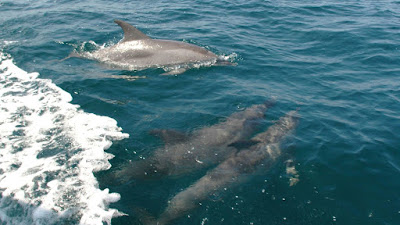Exploring the Origins of Big Sur's Enigmatic Seafloor Pockmarks
Off the coast of Big Sur, California, lies a fascinating underwater landscape marked by large holes in the clay, silt, and sand. These pockmarks, discovered decades ago, have long puzzled scientists. Recent research by the Monterey Bay Aquarium Research Institute (MBARI) and Stanford University has shed new light on their formation. The Sur Pockmark Field, the largest of its kind in North America, spans an area equivalent to Los Angeles and contains over 5,200 hollows, each measuring up to 175 meters wide and 5 meters deep. These pockmarks are found at depths ranging from 500 to 1,500 meters.
Unlike typical pockmarks formed by the release of methane or other fluids, the Sur Pockmarks appear to be shaped by gravitational forces. Analysis of sediment samples indicates that sediment has flowed down the continental slope intermittently for at least 280,000 years, with a significant flow occurring 14,000 years ago, likely triggered by an earthquake or slope collapse. This process erodes the centers of the pockmarks, creating their distinctive patterns. An underwater robot used by researchers found scant evidence of methane vents, supporting the theory that gravity-induced sediment flows are responsible for these formations.
The Sur Pockmark Field is under consideration for offshore wind farming, raising concerns about methane potentially affecting infrastructure stability. Understanding the origins and behavior of these pockmarks is crucial for safe and effective development. MBARI's advanced underwater technology has provided valuable data, linking the formation of pockmarks to sediment gravity flows and enhancing our understanding of these seafloor features. This research emphasizes the importance of detailed seafloor analysis in planning and mitigating the environmental impacts of offshore developments, such as renewable energy projects.





Comments